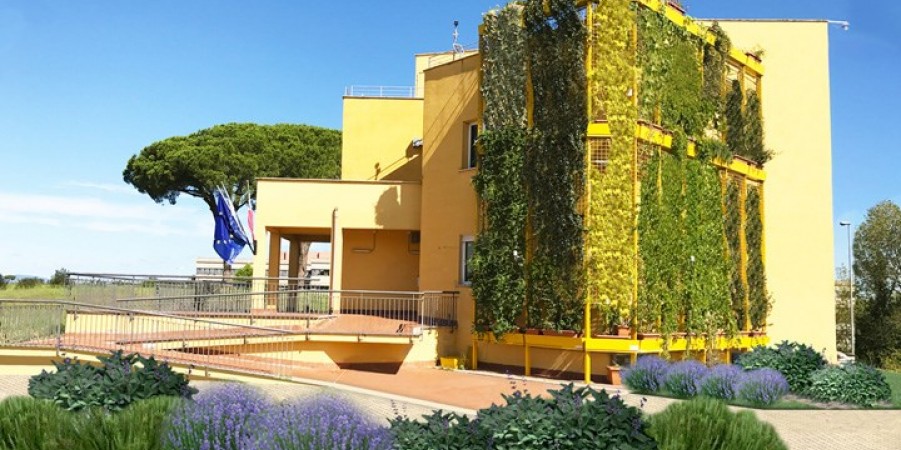
A GREEN COAT TO COVER THE EXTERIORS: COVER REVOLUTION
ENEA is studying the interactions between green coverings, energy flows, microclimate and internal comfort in order to verify how a vegetation system positioned on walls and roofs-terraces could act as insulating shell pad for houses and buildings. The project has all the necessary requirements to sign a significant leap forward in terms of cost savings (- 15% in the bill), reduction of the heat flow in homes (- 40%) and temperature reduction (- 3 ° C in the interior). The vegetation 'captures' the solar energy directly and it’s able to mitigate the temperature peaks during the summer and also dissipate a large amount of thermal energy through the evapotranspiration of the plants. What’s the result? Reduction of up to 15% of energy for cooling in summer and saving for heating of about 10% in winter thanks to the effect of the chimney between the wall and the vegetable wall.
"This is a very important study for those who deal with extended covers - confirms Roberto Rescia, CEO of Cover Hat - since it would introduce new solutions that combine functionality, sustainability and aesthetics. An important step for our sector, which has always been careful to combine thermal-acoustic insulation, living comfort and respect for the urban context ". Green coats for roofs and walls would have other advantages like contributing considerably to the reduction of the 'heat island' effect, which in the hot season also causes electrical load peaks between 3 and 8% for each additional degree of temperature. A direct consequence is a reduced use of air conditioning with a positive impact on the reduction of greenhouse gas emissions such as CO2, methane, fluorinated and water vapor.
There are three types of green roofing on which ENEA is working: extensive, intensive light and intensive. The differences between the tree types are the types of plants used. Extensive coverings, made of plants that are easy to grow and maintain, are particularly suitable for walls and sloping. The intensive type is characterized also by the insertion of trees, that means high maintenance and increased irrigation. The light variant is positioned halfway between the other two varieties of coverage both for type of plants and maintenance. The future is more and more green.